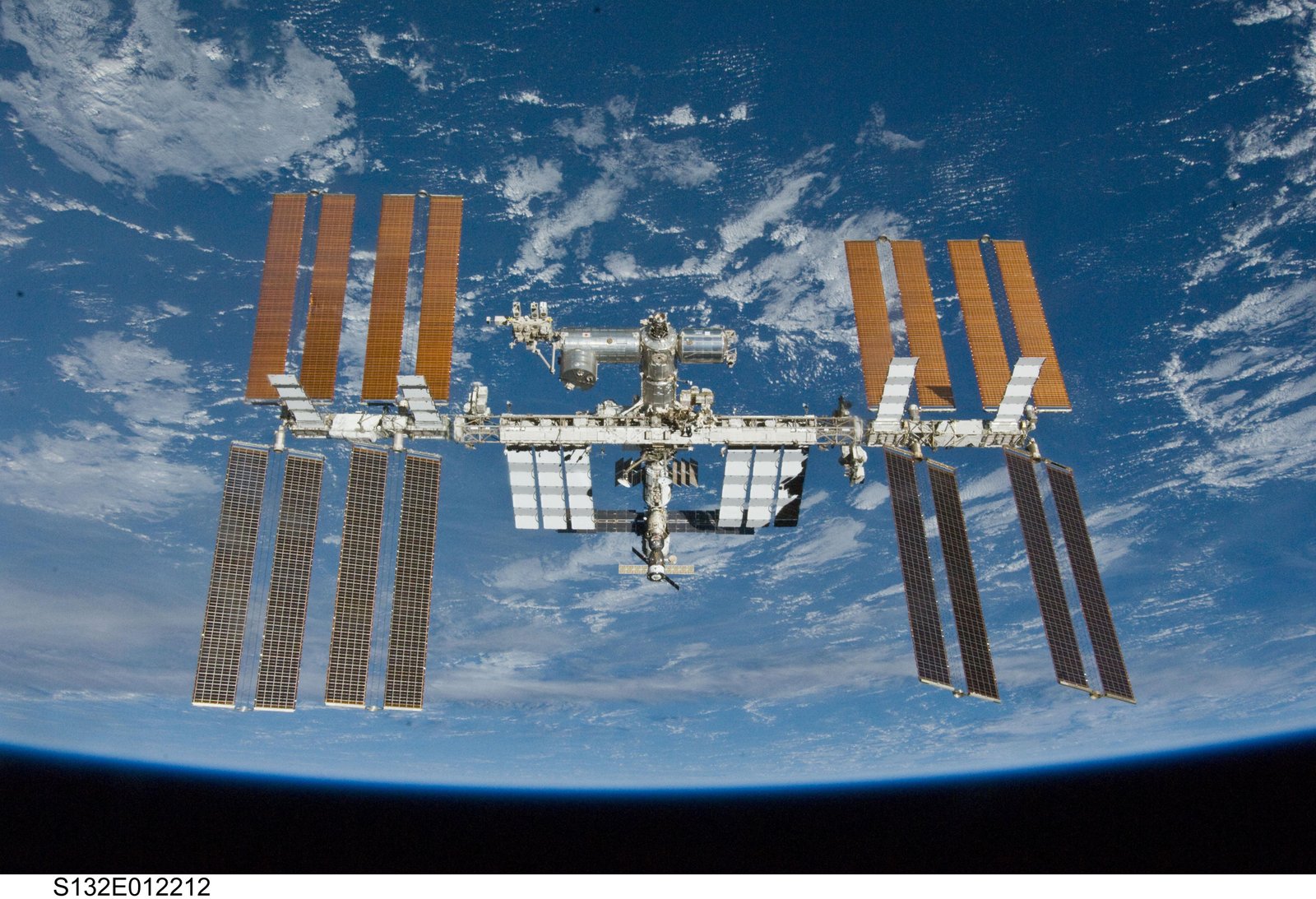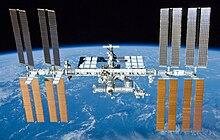Title: “How to Spot the International Space Station Over Florida Tomorrow”
As twilight descends and the skies above Florida begin to shimmer with the last rays of the sun, a remarkable spectacle awaits those who dare to look up. The International Space Station (ISS), a marvel of human ingenuity and international collaboration, will glide silently across the firmament, offering a rare opportunity for skywatchers and curious minds alike. Whether you’re a seasoned astronomer or someone simply seeking a moment of wonder, witnessing the ISS in all its illuminated glory is an experience unlike any other. In this guide, we’ll explore the best tips and tricks for spotting the ISS over the Sunshine State tomorrow, ensuring you don’t miss this celestial encounter that bridges the gap between our world and the vast universe beyond. Prepare to be inspired as we delve into the art of stargazing and the science of satellite tracking!
Understanding the Path of the International Space Station Over Florida
To witness the enchanting sight of the International Space Station (ISS) traversing the skies of Florida, it’s essential to understand its orbital path. The ISS orbits the Earth approximately every 90 minutes, traveling at an astonishing speed of about 28,000 kilometers per hour (17,500 miles per hour). This means it makes several passes over different parts of the globe daily, and its trajectory over Florida can vary significantly. Typically, the path sweeps from the northwest to the southeast, allowing residents in cities like Orlando, Miami, and Tampa to catch a glimpse of this shining marvel. Engaging with star tracking apps or websites can enhance your experience by providing the precise timing and direction for viewing.
When planning to observe the ISS, consider the following prime factors that contribute to your viewing experience:
- Timing: The best opportunities usually occur shortly after sunset or just before sunrise when the sunlight reflects off the station.
- Weather Conditions: Clear skies are ideal; cloud cover or rain can obstruct your view.
- Location: Find a spot away from city lights for optimal visibility.
The accompanying table summarizes the key viewing details for tomorrow:
| Time | Direction | Duration (seconds) |
|---|---|---|
| 8:25 PM | Northwest | 5 |
| 10:12 PM | East | 6 |

Ideal Viewing Times for Optimal Sightings
The best moments to catch a glimpse of the International Space Station (ISS) soaring through the Floridian sky are dictated by its orbit and the sun’s position. Generally, viewing times fall shortly after sunset or just before dawn. During these hours, the station reflects sunlight, becoming a bright beacon against the darkening sky or the early morning light. The following tips will help you identify the optimal viewing windows:
- Check Local Times: Look up the expected pass times for your specific location to ensure you’re ready when it appears.
- Timing is Key: Aim for the 30 minutes before sunset or 30 minutes after sunrise for the best visibility.
- Clear Skies: Ensure you have a clear line of sight without obstructions like tall buildings or trees.
- Be Patient: Sometimes the ISS can be a little late—stay alert!
To simplify your planning, here’s a quick overview of projected sighting times for Florida:
| City | Best Viewing Time | Direction |
|---|---|---|
| Miami | 7:15 PM | Southwest |
| Orlando | 7:20 PM | West |
| Tallahassee | 7:25 PM | Northwest |
| Tampa | 7:18 PM | West Southwest |
Armed with these insights, you’ll be poised to enjoy a rare and captivating view of humanity’s dazzling achievement in space travel. Happy stargazing!

Choosing the Best Locations for Stargazing in Florida
When it comes to experiencing the wonders of the night sky, Florida offers a myriad of locations ideal for stargazing. Many areas are spared from light pollution, providing a clearer view of celestial phenomena. Consider the following prime spots to enhance your stargazing experience:
- Everglades National Park: Vast expanses of wilderness and minimal light interference make this a top choice. The dark skies reveal countless stars and even the Milky Way on clear nights.
- Cape Canaveral: With its wide-open spaces and proximity to water, the cape provides stunning views of the cosmos along with a chance to catch rocket launches.
- St. George Island State Park: Known for its quiet beaches and low light pollution, this park offers serene stargazing opportunities away from the city’s glow.
For those planning a special night to catch the International Space Station gliding above, consider checking for nearby parks or open areas that enhance visibility. Here’s a quick comparison table of recommended locations based on accessibility and facilities:
| Location | Accessibility | Facilities |
|---|---|---|
| Everglades National Park | Easy | Campsites, viewing areas |
| Cape Canaveral | Moderate | Visitor center, picnic areas |
| St. George Island State Park | Moderate | Restrooms, nature trails |

Tips for Capturing Stunning Photos of the International Space Station
Capturing breathtaking images of the International Space Station (ISS) can be a rewarding experience for both amateur and seasoned photographers. To make the most of your opportunity, be sure to check the ISS’s flyover schedule, as timing is crucial. When you know when to look up, prepare your camera settings in advance. Using a tripod will help stabilize your shot, and setting a higher ISO will ensure better visibility of the station against the night sky. Additionally, use a fast shutter speed of 1/500th of a second or faster to capture the ISS as it swiftly moves across the horizon.
Another helpful tip is to familiarize yourself with the area where you’ll be taking the photos. Finding a location with minimal light pollution can enhance the contrast between the ISS and the dark sky, making your photos more striking. Consider scouting locations like parks or open fields where you can position yourself with a clear line of sight. To further improve your composition, think about including foreground elements, such as trees or buildings, for added depth. Don’t forget to be patient; the ISS moves quickly, and capturing the perfect shot may require several attempts!
The Conclusion
As the sun dips below the horizon and the stars begin to twinkle, keep your eyes peeled for a brief yet breathtaking sight—a streak of light gliding across the evening sky. The International Space Station, a marvel of human ingenuity and exploration, will soon be making its pass over Florida. Armed with the knowledge you’ve gained here, you can elevate your stargazing experience and observe this extraordinary testament to our quest for knowledge beyond Earth.
Whether you’re an avid astronomer or a casual observer, this event is a perfect opportunity to connect with the vast universe that envelops us. So gather your friends and family, find a cozy spot, and point your gaze skyward. As the ISS ascends through the atmosphere, remember that you’re not just witnessing a piece of machinery; you’re watching a flame of possibility—a reminder of where we’ve come from and where we may yet go. Happy skywatching, and may you find joy and wonder in every orbit!

